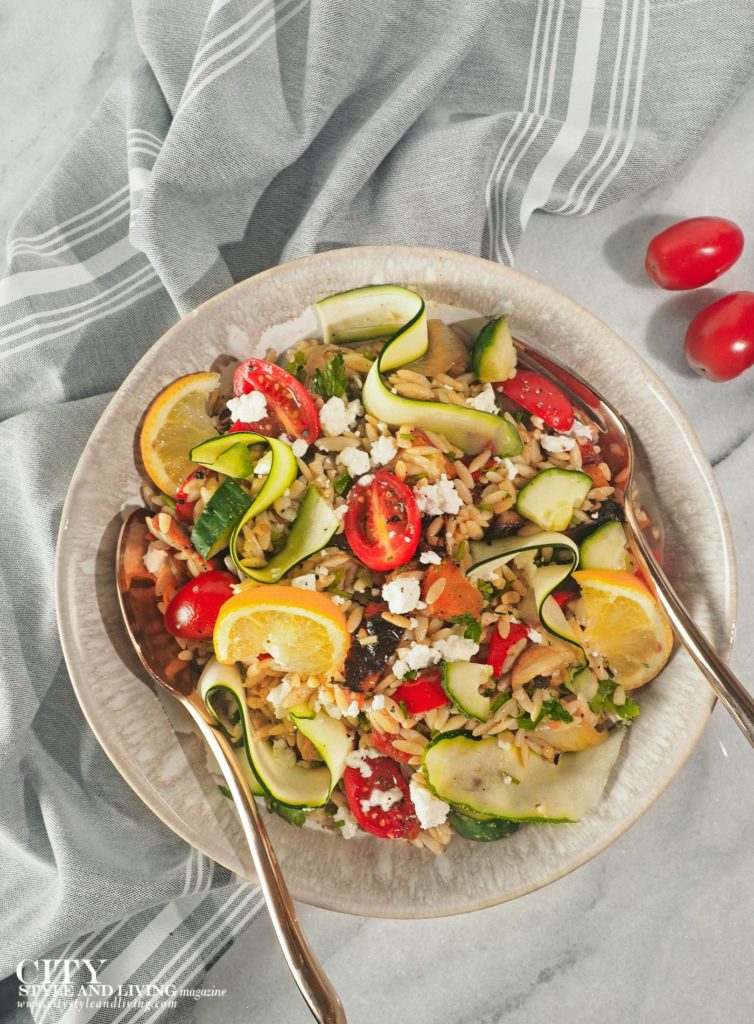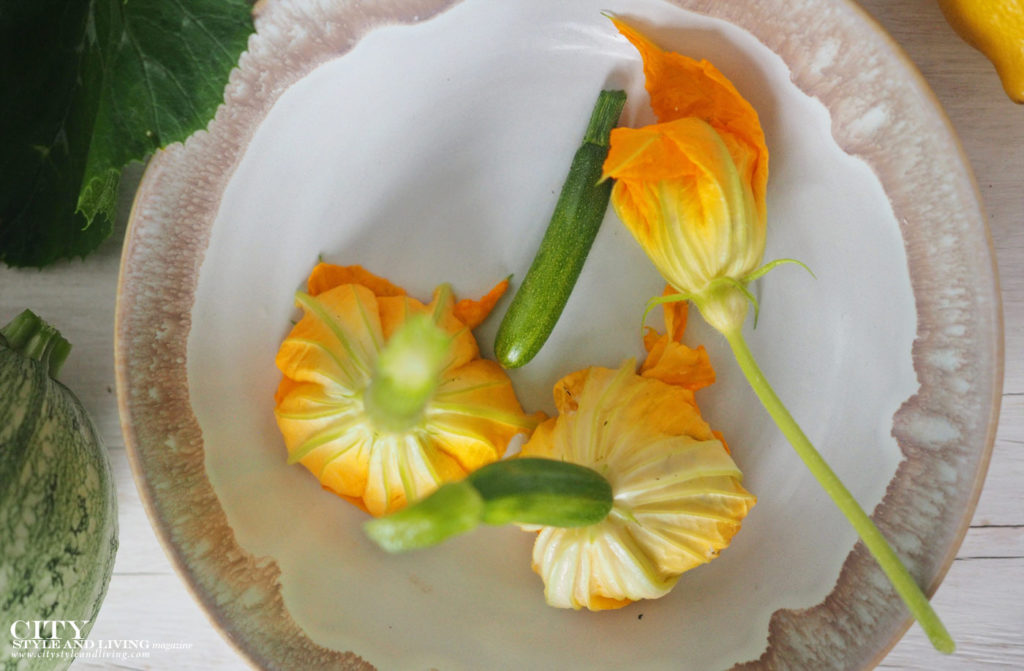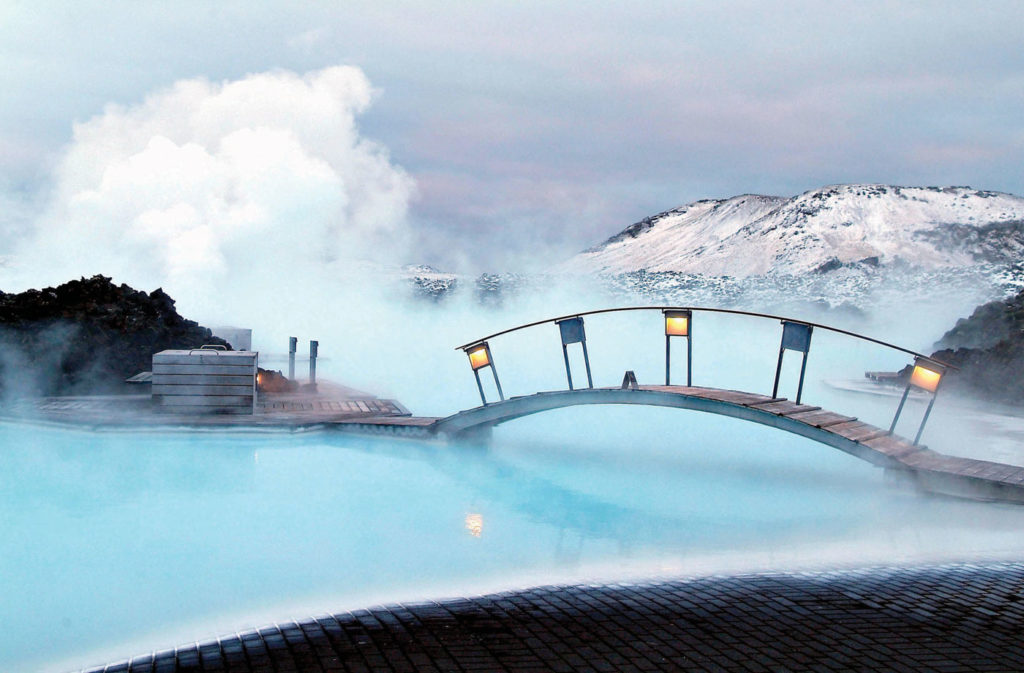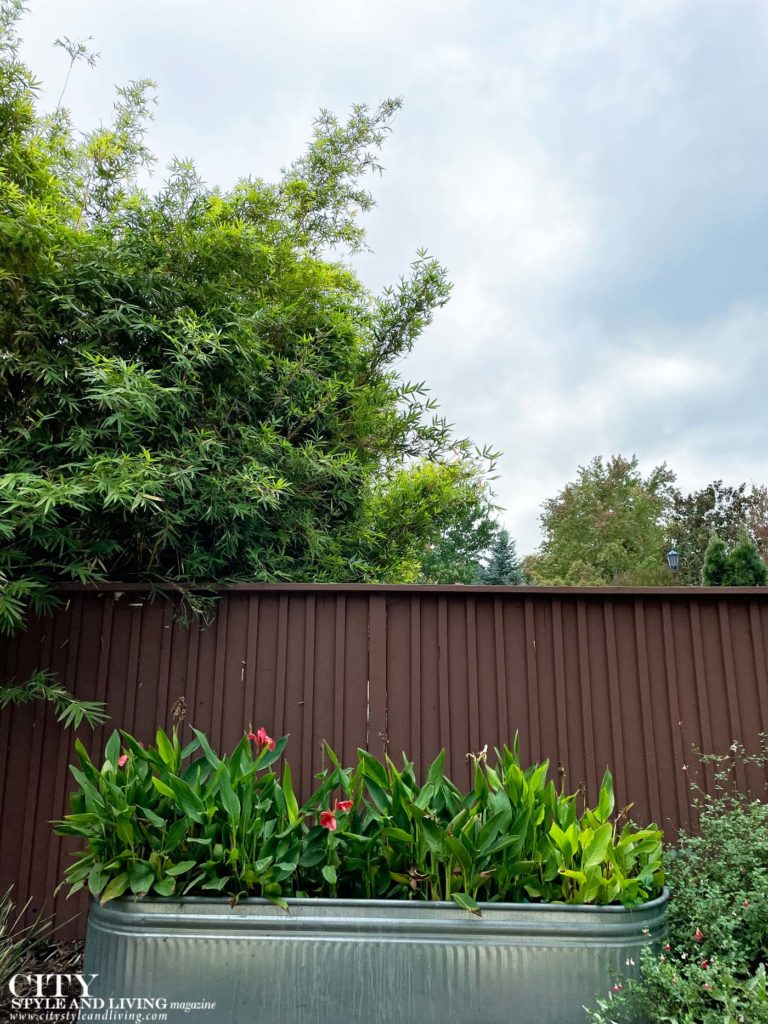
Making your own shampoo allows you control of the ingredients, the ability to tailor it to your hair needs. Plus it is a fun activity.
Choosing the Right Ingredients
When making your own hair care formulas (or purchasing them from the store), you want to be sure that the ingredients you choose to use are the right ones for your particular hair condition. Many recipes call for a generic oil. That means that it’s up to you to decide what your hair needs. Remember to look for natural, organic oils.
Ayurvedic Oil
Yield: Approximately
2 cups (500 ml)
This is a traditional Ayurvedic approach to making and using oils. Use the herb bhringaraj, called “ruler of the hair” in Ayurveda, to create a highly effective medicated oil that is famous in India for removing grayness and reversing hair loss, or select your favorite herb(s) and use in combination with Bhringaraj or other herbs to create your own uniquely individualized herbal oil.
1⁄4 cup (60 ml) dried herbs of your choice
1 cup (250 ml) water
2 cups (500 ml) sesame oil
3–5 drops essential oils of your choice (optional)
- Combine the herbs and water in a stainless-steel or glass pan. Bring to a boil, reduce the heat, and then simmer, uncovered, until approximately half of the liquid has evaporated. Strain the herbs off.
- Add the decoction to the sesame oil in a stainless-steel pan, bring to a boil, then immediately turn the flame down as low as possible and let this mixture simmer very slowly for at least an hour. The oil will be ready when all of the liquid from the decoction has evaporated and a drop of water dropped into the oil makes a crackling sound.
- You can add a few drops of essential oils as desired. Store this oil in an airtight amber bottle.
To use:
Use for scalp and hair massages.
Shampoo Formulas
While conditioners are of primary importance for the hair, shampoos are of primary importance for the scalp. Of course, when giving yourself a shampoo, you work the lather through the lengths of hair, which will help remove styling products if you tend to use a lot of them. However, your goal should be to massage and cleanse the scalp, removing dead skin cells, sweat, pollution, and excess oil while encouraging the flow of nutrient rich blood to the hair roots.
There are two different approaches to creating your own personalized shampoos. One is to add nutritive ingredients to a pure shampoo or castile or liquid glycerin soap that you purchase. The other method is to entirely create your own. Whichever you decide upon, choose the herbs or essential oils according to your scalp and hair type.
Soapwort Shampoo
Yield: 10–12 ounces (295–354 ml)
This is an excellent all-purpose shampoo for all types of scalp and hair. It does not have tremendous lather, but it cleanses very well and has no chemicals whatsoever. Many Native American tribes used the root of soapwort to wash their hair. You may choose to infuse a couple of tablespoons (30 ml) of your favorite herbs along with the soapwort, if desired.
1 ounce (30 g) soapwort root
12 ounces (354 ml) of purified water
1 teaspoon (5 ml) base oil of your choice
15–60 drops essential oils of your choice, as conditions require
To make:
- Crush the soapwort root in a mortar and pestle (or with the flat side of a wooden spoon or large knife).
- Place the crushed root in the water in a stainless-steel pan. Bring to a boil, reduce the heat, and simmer for approximately 10 minutes. Remove from the heat, cool, then strain the liquid into an airtight bottle with a nozzle on top for dispensing.
- Add the base and essential oils to the container. Shake well before each use. This shampoo will keep for up to a week if refrigerated.
To use:
Shampoo, then follow with an herbal vinegar rinse.
Oily scalp: You can eliminate the base oil from this shampoo if your scalp tends to be very oily.
Pure Shampoo
Yield: 8–10 ounces (235–295 ml)
The ingredients for this recipe are chosen for their desirable aromatic as well as therapeutic values. Some of my favorite formulations for specific conditions are outlined below. I encourage you to experiment with the herbs, essential oils, and other ingredients I’ve discussed so far, though, because the possible variations are tremendous.
1–2 tablespoons (15–30 ml) dried herbs of your choice
8 ounces (235 ml) purified water
2 ounces (60 ml) liquid castile or glycerin soap
1 teaspoon (5 ml) base oil of your choice (eliminate or reduce for oily conditions; increase for dry)
15–60 drops essential oils of your choice, as conditions require
To make:
- Create a decoction or infusion of your desired herb or combinations of herbs. Remember that a decoction is used for roots, stems, and seeds, or more fibrous, tough plants, while infusions are used for more delicate plant parts, including leaves and flowers. If you are combining herbs that need different treatments, decoct and infuse them separately, then mix the herbalized liquids.
For a decoction, place the herbs in water in a stainless-steel or glass pan. Bring to a boil, reduce the heat, and simmer on low for up to 10 minutes. Remove from the heat, let the mixture cool, strain off the liquid, and discard the spent herbs.
For an infusion, bring the water to a boil. Place the herbs in a stainless-steel or glass pan and pour the boiling water over them. Let steep for at least 20 minutes, then let the mixture cool (if it isn’t cool already), strain off the liquid, and discard the spent herbs.
Tip: To increase the potency of the formula, let the herbs steep in the cooled liquid in an airtight container for a couple of days before straining and using.
- Mix the herbal infusion or decoction with the soap, base oil, and desired essential oils. Shake well. Refrigerate the shampoo between uses, for up to a week, then discard. Adding 1 teaspoon (5 ml) of vodka to this mixture will add 2 to 3 weeks to its shelf life, as will adding 1 teaspoon (5 ml) of either vitamin E or wheat germ oil.
To use:
Shake well before each use.
Additives: You can also add ingredients with properties suitable for your particular hair condition, such as apple juice, honey, egg, aloe vera, gelatin, glycerin, or lecithin. Use 1 tablespoon (15 ml) per shampoo formula.
Pure Shampoo for Different Conditions
Note: This gives you a framework from which to make your own formulas. It is not necessary to use every ingredient I’ve outlined. If you choose to decoct only one specific herb for a given condition, and add one favored essential oil, that’s perfectly all right. The fact that you are using a pure shampoo with no chemicals in it is the first step toward becoming as creative as you would like. Also remember that you can do something as simple as purchasing a pure shampoo and add healthful ingredients as required — such as essential oils, egg, or gelatin. Remember to complete a patch test before using your hair care formula.
Excerpted from Naturally Healthy Hair, © by Mary Beth Janssen. Used with permission from Storey Publishing.
This original beauty article first appeared in the Winter 2017/18 issue of City Style and Living Magazine
Don’t Forget to Follow City Style and Living on Social Channels: Instagram, Twitter, Facebook, Pinterest.












